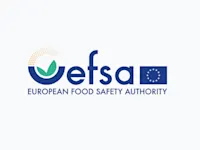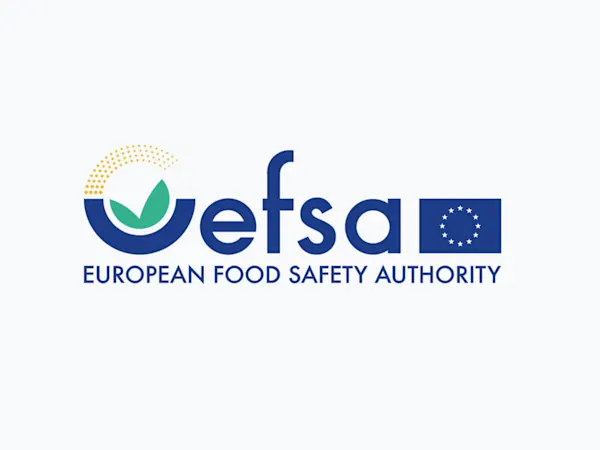
EU Ministers Press Commission on Delayed REACH Revision Amid Industry and Environmental Demands
EU Member States urge the Commission to accelerate the REACH revision, citing urgent health, environmental, and industry competitiveness needs.


The European Chemicals Agency (ECHA) committees have made crucial decisions regarding the regulation of various substances. The Committee for Socio-Economic Analysis (SEAC) and the Committee for Risk Assessment (RAC) convened in November to deliberate on a range of proposals, including restrictions and classifications affecting both industrial chemicals and plant protection products.
A major decision emerged from SEAC, which endorsed France's proposal to restrict creosote and related substances. This decision, aligning with the public consultation, aims to limit the market availability, reuse, and secondary use of wood treated with these substances. Creosote, known for its potential health risks, has been under scrutiny, and this move marks a pivotal moment in its regulation.
RAC's meeting was particularly noteworthy for its comprehensive assessment of various substances:
Tea-Tree Oil: RAC's evaluation led to a recommendation for classifying tea-tree oil in nine hazard classes, with reproductive toxicity (category 1B) being the most severe. This classification underscores the potential risks associated with this widely-used natural product.
Flazasulfuron and Fosthiazate: Both substances have been recommended for additional classifications, particularly concerning reproductive toxicity. These classifications highlight the ongoing efforts to understand and mitigate the risks posed by plant protection products.
Penconazole: RAC's assessment concluded with a proposal for new classifications and adjustments in existing hazard classes, reflecting the evolving understanding of this substance's impact.
Industrial Chemicals: The committee also reviewed several industrial chemicals, including Reactive Brown 51, HPMA, HEMA, and 4-phenylbenzophenone, recommending classifications in various hazard classes. These decisions play a crucial role in ensuring the safe use of these chemicals across industries.
A substantial development is the ongoing review of the proposal to restrict PFAS (per- and polyfluoroalkyl substances), with ECHA and national authorities working jointly to evaluate over 5,600 comments received from the public consultation. The collaborative approach indicates the significance and complexity of regulating these widely used, yet environmentally persistent substances.
RAC also addressed occupational exposure limits (OELs) for nitrosamines, which are prevalent in industries like rubber, metal processing, and textiles. The evaluation of OELs is crucial for worker safety, particularly in sectors with high exposure risks.
ECHA encourages further engagement with these topics through its podcast featuring discussions with RAC Chair Roberto Scazzola and SEAC Chair María Ottati. This initiative provides deeper insights into the committees' decision-making processes and the implications of their opinions.
The November meetings of the RAC and SEAC highlight the ongoing efforts to enhance chemical safety in Europe. These decisions, guided by scientific evaluation and public consultation, reflect a commitment to protect public health and the environment from hazardous substances. Stakeholders are encouraged to stay informed and compliant with these evolving regulations to ensure safety and sustainability in their operations.
Foresight continuously tracks 1000s of sources and maps updates to your portfolio:




EU Member States urge the Commission to accelerate the REACH revision, citing urgent health, environmental, and industry competitiveness needs.

The EU has classified DBDPE as a substance of very high concern (SVHC) due to vPvB properties, affecting manufacturers and downstream users of flame retardants.

EFSA launches consultation on updating its Weight of Evidence and Biological Relevance guidance, aiming to streamline chemical risk assessment practices.
Subscribe to Foresight Weekly and get the latest insights on regulatory changes affecting chemical compliance.
Free forever. Unsubscribe anytime.
Read by professionals at